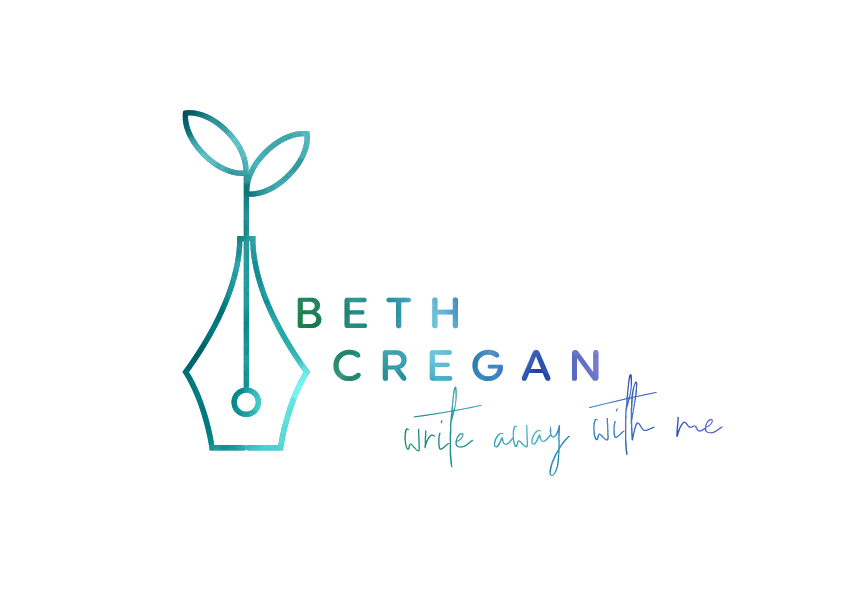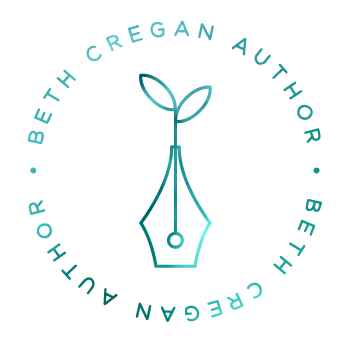I’m always in search of a great writing activity. Occasionally I present an activity that appears quite ordinary on the surface, only to discover it unlocks all sorts of interesting storytelling skills. If I’m honest, these discoveries mostly take place when I loosen up and hand over the reins to my students. That is, I focus on the process but not the outcome. I just let my writers be. In this blog post, I’m sharing a simple, no fuss, cartoon/storytelling activity, the results of which took me entirely by surprise. These cute little fingerprint characters sparked the idea behind this activity. Teachers can modify this open-ended activity for any age group. It might be just the activity you need for these hot afternoons when writers are tired and a little (dare I say it) fractious. Let’s get started!
The Brief
This activity needed to be open-ended and work for students in Years 3-6.
It needed to engage all writers (not just the artists among us) in a creative drawing and storytelling process.
The materials needed to be simple (I didn’t t have the time to buy or collect anything new).
Writers needed to start and finish their cartoon within the 60 min framework. I planned to open up some time to share in the middle of the session.
Getting Started:
We started the session with sharing some cartoons and comics to see how structure and storytelling naturally combine in this genre. There are plenty of templates and activities online and in magazines and newspapers.
Here’s what we discovered:
A cartoon is a story, told in a series of scenes.
A simple cartoon has limited characters.
The story is told mostly through dialogue, with some background information.
Cartoons use the illustrations, including facial expressions and a character’s body language to give the reader information.
Materials
I provided:
a set of ink stamps
Cartoon templates to provide the structure for the page and story.
black pens or fine liners
Why I Loved This Activity (And Ten Reasons Why You Should Try It!)
1) This storytelling activity is entirely open-ended and can be modified to work for writers of any age.
2) You don’t need to be a talented artist to get excellent results. Different coloured inks make it easy to distinguish between different characters. You can quickly change the size and shapes of characters.
3) The fingerprint characters are easy to draw and replicate, so the cartoon is finished quickly.
4) Many writers used their first copy as a draft and then went on to refine the layout and the storyline. If they liked their main character, they completed a series of scenes. I loved seeing the writing process in action.
5) Using only dialogue and brief bursts of information makes writers drill down and choose their words carefully.
6) Cartoons are the epitome of 'Show, Don't Tell'. Readers see characters in the middle of the action. Facial expressions and body language give characters humour and depth.
7) Due to the limited amount of words - editing and sharing was a dream. In fact, sharing was imperative as writers needed to test whether their story worked. This process naturally leads to writers making changes, then sharing again. We shared in pairs.
8) This activity gave writers a chance to play with plot structure. Did the cartoon have a natural story arc or was this scene part of a bigger story? We focused on character goals and resolutions without getting bogged down in the details of a full-blown story.
9) This sort of writing feels like play. Writers can jump right in, without a plan or character development or even a story in mind. They write as they go. See if the story works. Try again. (Even I couldn’t help but join in.)
10) This type of writing almost creeps under the radar of our inner critic. We forget about getting it right or wrong. We ease up a little. Perfect for reluctant writers and perfectionists alike!








